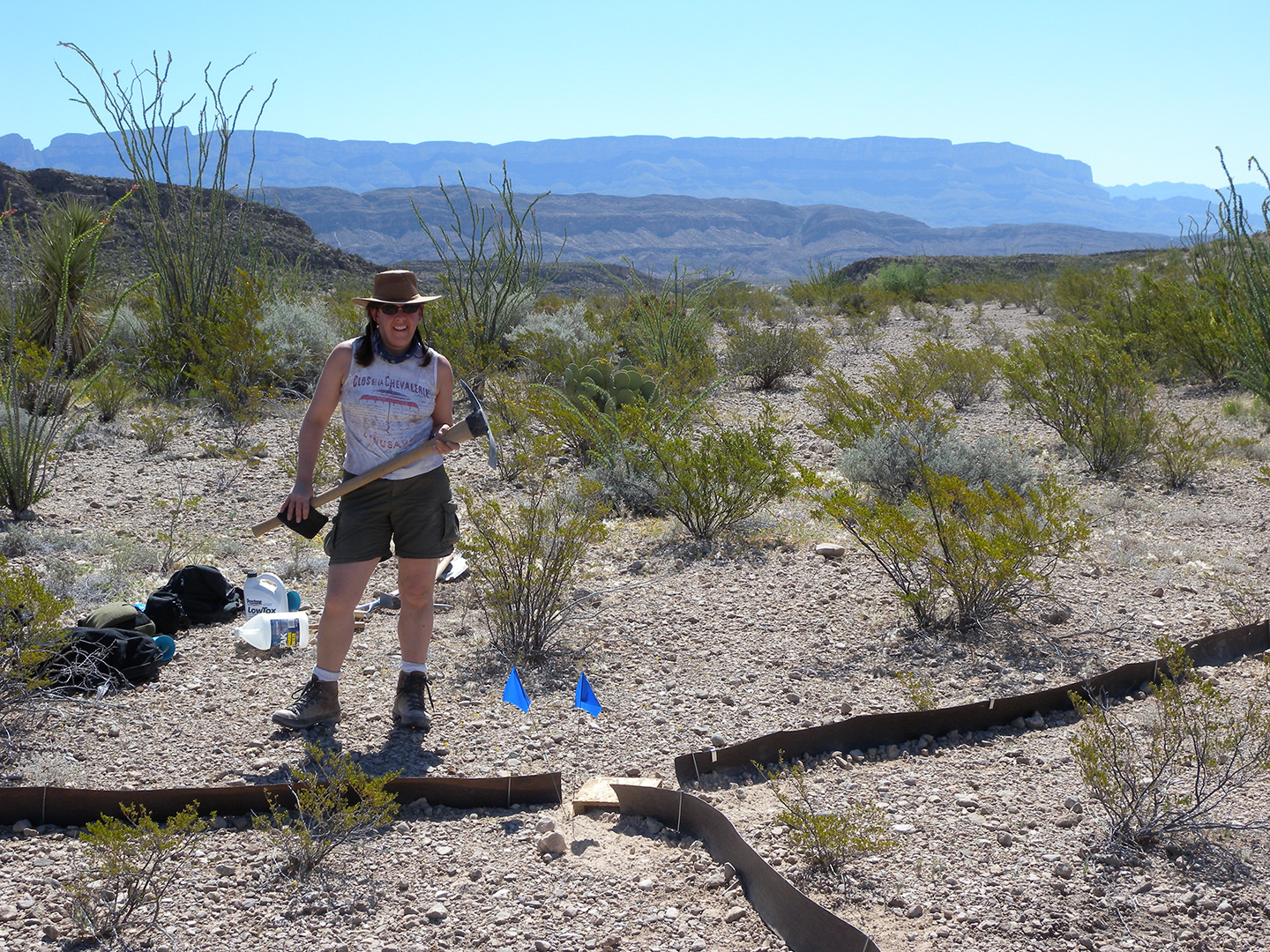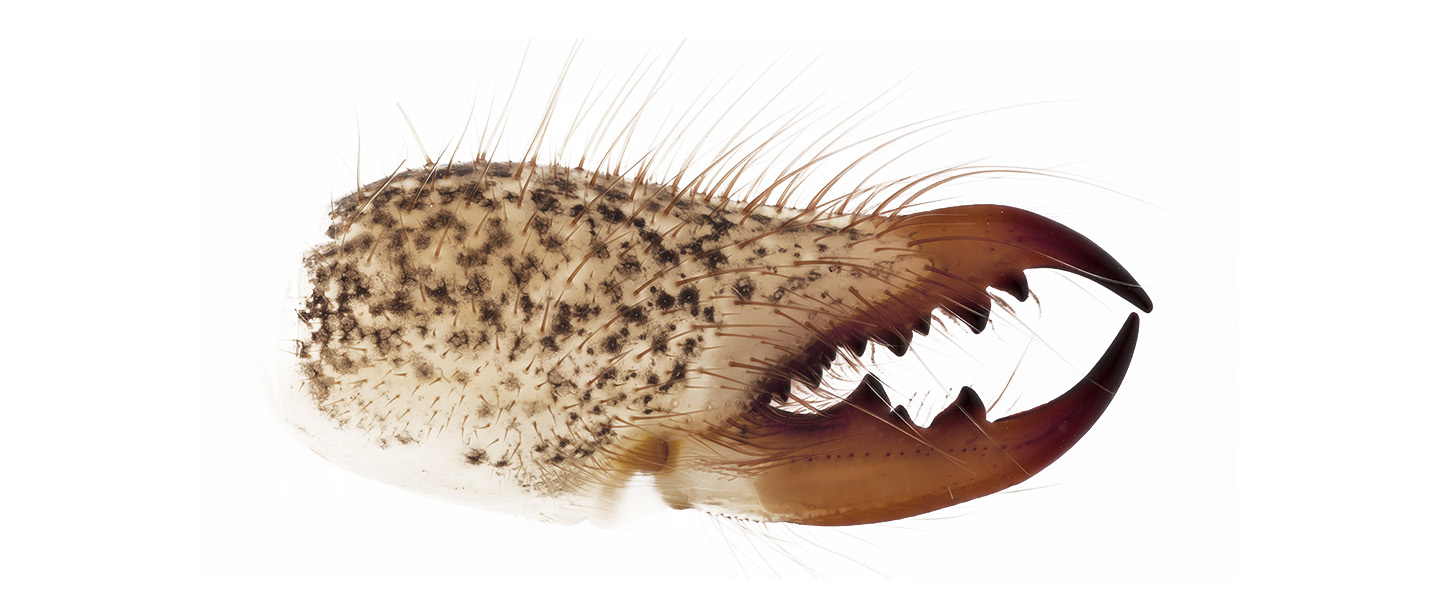Studying the planet’s biodiversity
The Zoology Department is focused on providing a better understanding of the planet’s biodiversity through an active program of scientific research, collections growth, curation, and outreach. Research activities and the scope of the zoology collections span the globe, but the primary focus is on Western North America. Research spans a multitude of disciplines, including evolutionary biology, basic natural history, ecology, morphology, phylogenetics, taxonomy, systematics, biogeography, physiology, parasitology, genomics, and even paleontology. Major taxonomic groups studied include arachnids, insects, birds, marine invertebrates, and mammals. Staff are also charged with building and enhancing the research collections they oversee to support the broader scientific community and contribute to the public good.
The Zoology Collections consist of nine collections with approximately 1.27 million specimens (including backlog). Specimen records are currently available online through Arctos or Symbiota, with data published to different portals including GBIF, Ecdysis, iDigBio, GGBN, BISON, Map of Life, VertNet, SEINet, InvertEBase, GLoBI, MorphoSource and GenBank.
Both vertebrate collections span the last 150 years, with a focus on the Rocky Mountain region (>75%) and associated frozen tissues and parasites.
- The largest collections include entomology with ~1.1 million specimens and taxonomic strengths in Lepidoptera (moths and butterflies) and several families of Coleoptera (beetles), including a globally significant collection of scarab beetles.
- The arachnology collection (~56,300 vials) is one of the largest in the country and includes specimens from 10 orders.
- The ornithology collection (~55,000 specimens) is one of the largest in the American West with holotypes, paratypes, extinct taxa, and many species of conservation importance.
- The marine invertebrate collection (~43,700 lots) covers a worldwide range, with particular strengths in material from the Caribbean, western Mexico, and the Pacific.
- The mammal collection (~21,000 specimens), which has more than doubled in size over the last decade, covers seven continents, with a particularly strong Colorado focus.
- The four smaller collections include the egg and nest collection (~7,300 specimens), the botany collection (~4,500 specimens) representing 240 families, the amphibian and reptile collection (~1,000 specimens), and the parasite collection (~7,500 lots), which grows in parallel with the bird and mammal collections.











































